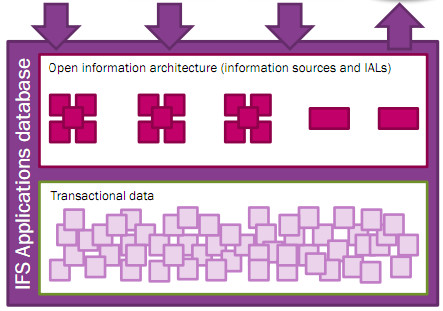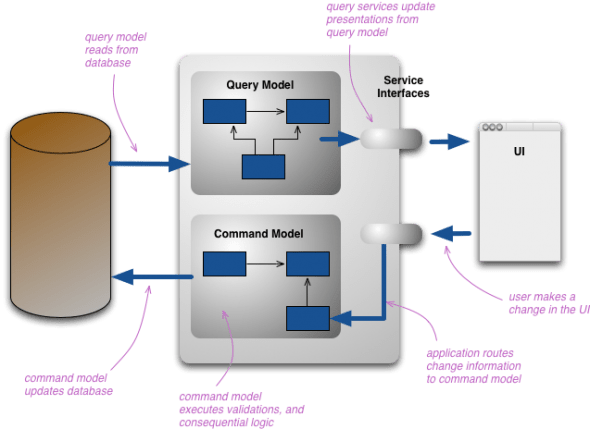Jedna z ciekawszych i popularniejszych książek (ja mam dodruk z 2010 roku). Bardzo często spotykam się w sieci z powoływaniem się na tę książkę w kwestii “wzorców analitycznych”. Jednak po pierwsze nie należy zapominać, że napisana została w 1996 roku (od tamtej pory mamy jednak pewien postęp, do tego książka jest ilustrowana symbolami opartymi na notacji ERD a nie UML), a po drugie, o czym wielu zapomina, Fowler prezentuje w niej modele koncepcyjne a nie strukturalne (wytłuszczenie moje):
Analysis Patterns provides a catalogue of patterns that have emerged in a wide range of domains including trading, measurement, accounting and organizational relationships. Recognizing that conceptual patterns cannot exist in isolation, the author also presents a series of “support patterns” that discuss how to turn conceptual models into software that in turn fits into an architecture for a large information system. Included in each pattern is the reasoning behind their design, rules for when they should and should not be used, and tips for implementation. (Źródło: Analysis Patterns: Reusable Object Models: Martin Fowler: 9780201895421: Amazon.czytaj.
Footnotes[1]M. Fowler, Analysis Patterns. Reusable Object Models, Addisson_Wesley 2010.[2]J. Zelinski, Czym jest a czym nie jest tak zwany model dziedziny systemu [na:] ?Jarosław Żeliński IT-Consulting?, https://it-consulting.pl//2013/02/17/czym-jest-a-czym-nie-jest-tak-zwany-model-dziedziny-systemu/, udostępniono 16 lipiec 2017.





